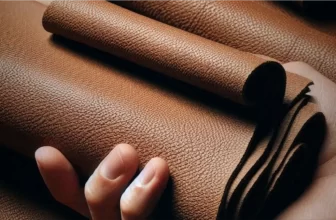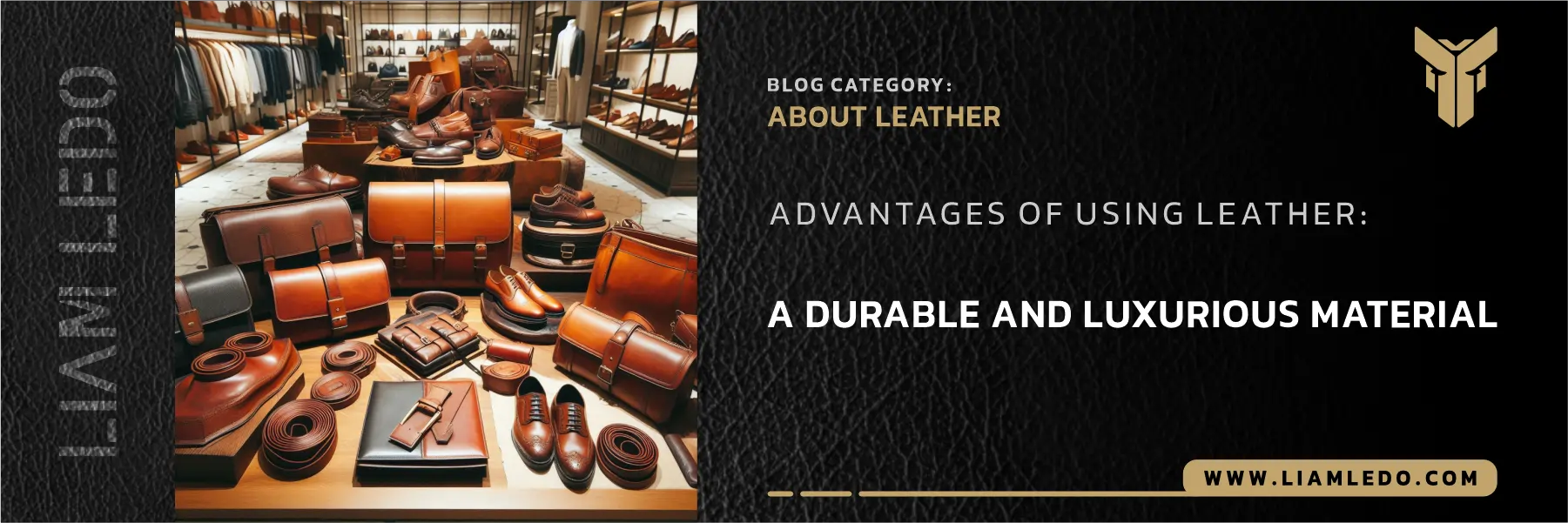
A Durable and Luxurious Material
Leather is one of the oldest and most widely used materials in human history, and it continues to hold a special place in various industries. This natural material, made from animal hides, has numerous unique features that make it one of the most popular choices for the production of various products. In this article, we will examine the advantages of using leather in different industries and explain the reasons for its popularity.
1. Durability and Strength:
One of the most significant advantages of leather is its high durability and strength. Due to its natural structure and the tanning processes it undergoes, leather is highly resistant to wear, tearing, and pressure. These qualities allow leather products to last much longer compared to other materials.
1.1. Use in the Furniture Industry
Leather furniture is one of the most popular choices for homes and workplaces due to its durability and strength. Leather chairs and sofas do not easily deteriorate and can be used for many years without needing major repairs.
1.2. Use in the Automotive Industry
In the automotive industry, leather is used as a luxurious and durable material for car interiors. Leather seats, steering wheels, and upholstery are ideal options for high-quality cars due to their resistance to wear and tear.
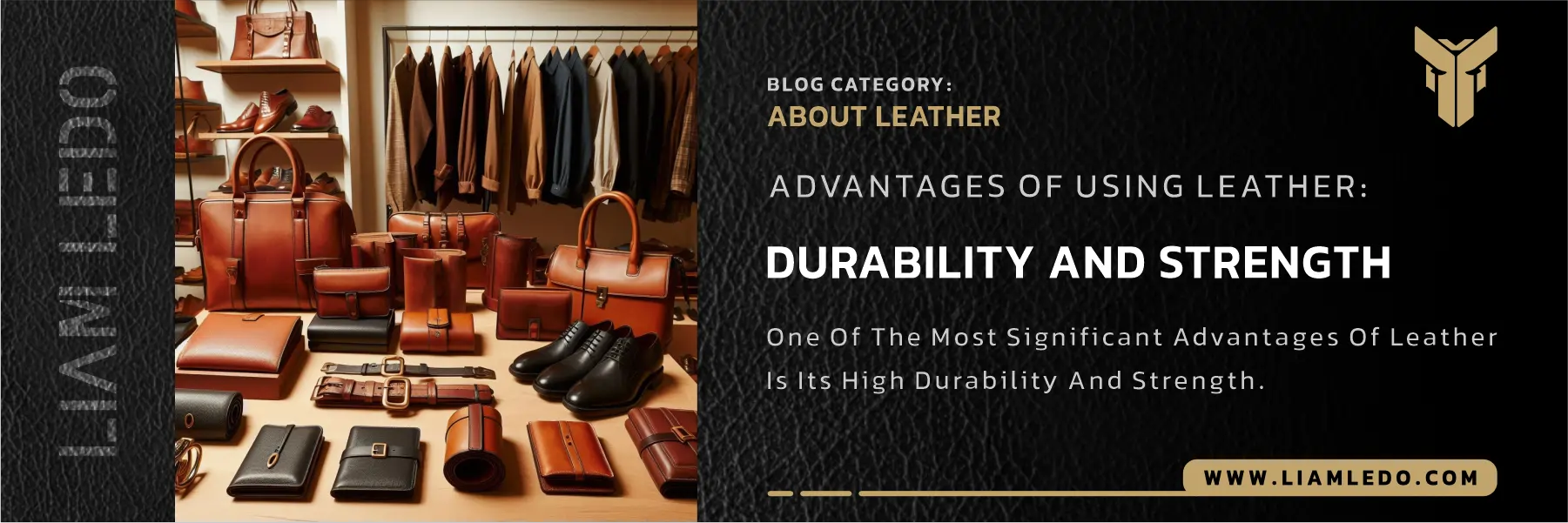
2. Beautiful Appearance and Luxurious Feel
Leather is renowned for its beautiful appearance and luxurious feel. Natural leather has a unique texture and warm, natural colors that give products a chic and elegant look.
2.1. Use in the Fashion Industry
In the fashion industry, leather is widely used to make bags, shoes, belts, and various clothing items due to its stylish appearance and luxurious feel. Leather products not only have a fashionable look but also easily match with other garments and accessories.
2.2. Use in the Production of Luxury Accessories
Leather, being a high-quality and aesthetically pleasing material, is also used in the production of luxury accessories such as wristwatches, handbags, and jewelry. These products, made from natural leather, have greater value and appeal.
3. Versatility in Design and Application:
Leather is flexible and can be easily shaped, which makes it suitable for the design and production of a wide variety of products. This material can easily be molded into different shapes and sizes, making it applicable in various industries.
3.1. Use in Footwear Production
Leather shoes are one of the most popular choices among consumers due to their flexibility and durability. Leather easily conforms to the shape of the foot and becomes softer and more comfortable over time.
3.2. Use in Garment Production
Leather garments such as jackets, pants, and skirts have always been sought after in the fashion industry due to their stylish appearance and high durability. Leather can easily blend with different designs and styles, making it versatile in clothing production.
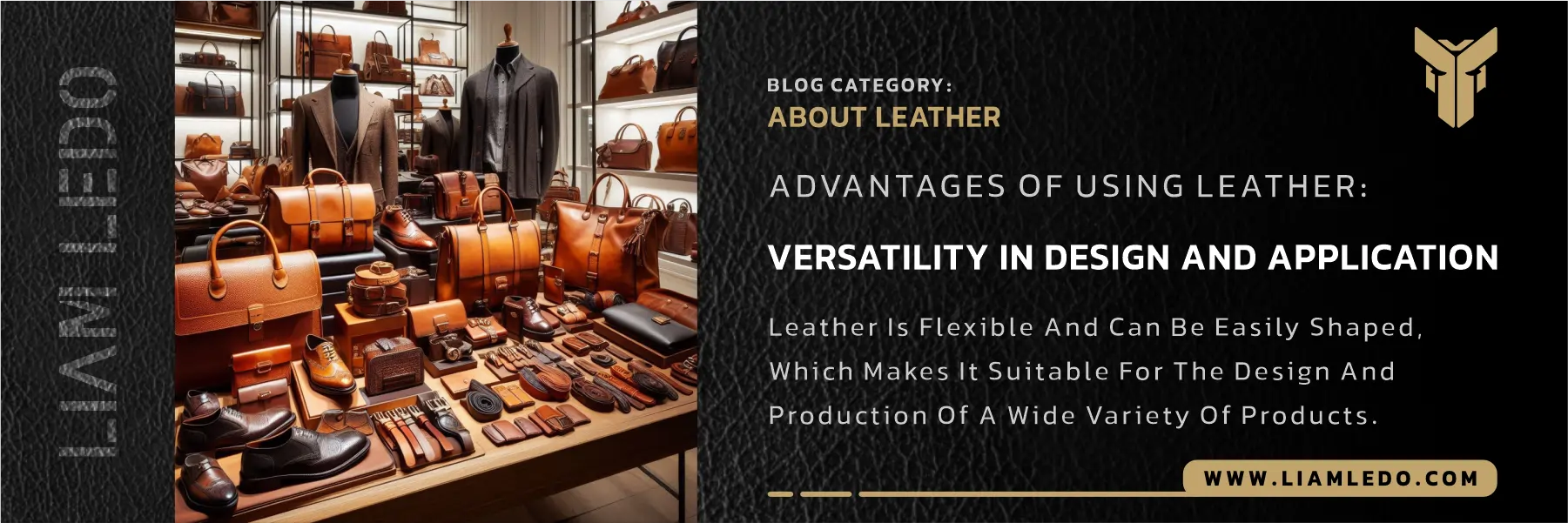
4. Breathability and Comfort:
Leather, due to its natural structure, has excellent breathability. This feature makes leather products, particularly shoes and clothing, more comfortable for the wearer. Leather allows the skin to breathe easily and helps prevent excessive sweating.
4.1. Use in Sports Footwear
Leather sports shoes, due to their breathability and comfort, are one of the best choices for both professional and amateur athletes. These shoes allow the feet to breathe during physical activities, preventing excessive sweating and unpleasant odors.
4.2. Use in Glove Production
Leather gloves are widely used in many daily and professional activities due to their comfort and breathability. These gloves allow the hands to breathe easily, preventing sweating and irritation.
5. Environmentally Friendly
Natural leather, thanks to its natural raw materials and traditional tanning processes, is more environmentally friendly compared to synthetic materials. Leather naturally decomposes over time and has less environmental impact.
5.1. Vegetable Tanning
The vegetable tanning process, which uses natural materials such as tree bark for tanning leather, is an eco-friendly method. This process not only avoids harmful chemicals but also produces high-quality and more durable leather.
5.2. Recyclability and Biodegradability
Natural leather is fully biodegradable and returns to nature over time. This feature makes leather less harmful to the environment compared to synthetic materials, which may persist in nature for many years.
6. Water and Heat Resistance:
Leather, due to its natural structure, has high resistance to both water and heat. These properties make leather products suitable for use in various weather and environmental conditions.
6.1. Use in Winter Clothing
Leather garments such as coats and jackets are one of the best choices for cold seasons due to their resistance to cold and moisture. These garments not only look stylish but also protect the body from adverse weather conditions.
6.2. Use in Military and Industrial Equipment
Leather is also used in the production of military and industrial equipment due to its high resistance to heat and abrasion. Leather gloves, military belts, and protective clothing are among the products that use leather to enhance durability and resistance.
7. Longevity and Repairability
Leather products, thanks to their high durability and strength, last longer than similar products made from other materials. Additionally, leather can be easily repaired and restored through various methods.
7.1. Repairing Leather Shoes
Leather shoes, due to their high durability, can be easily repaired and restored. Many cobblers can repair leather shoes using different techniques, restoring them to their original condition.
7.2. Repair and Restoration of Leather Furniture
Leather furniture is also easy to repair. Through various repair and restoration methods, leather furniture can be returned to its original state, allowing users to enjoy its durability and beauty.
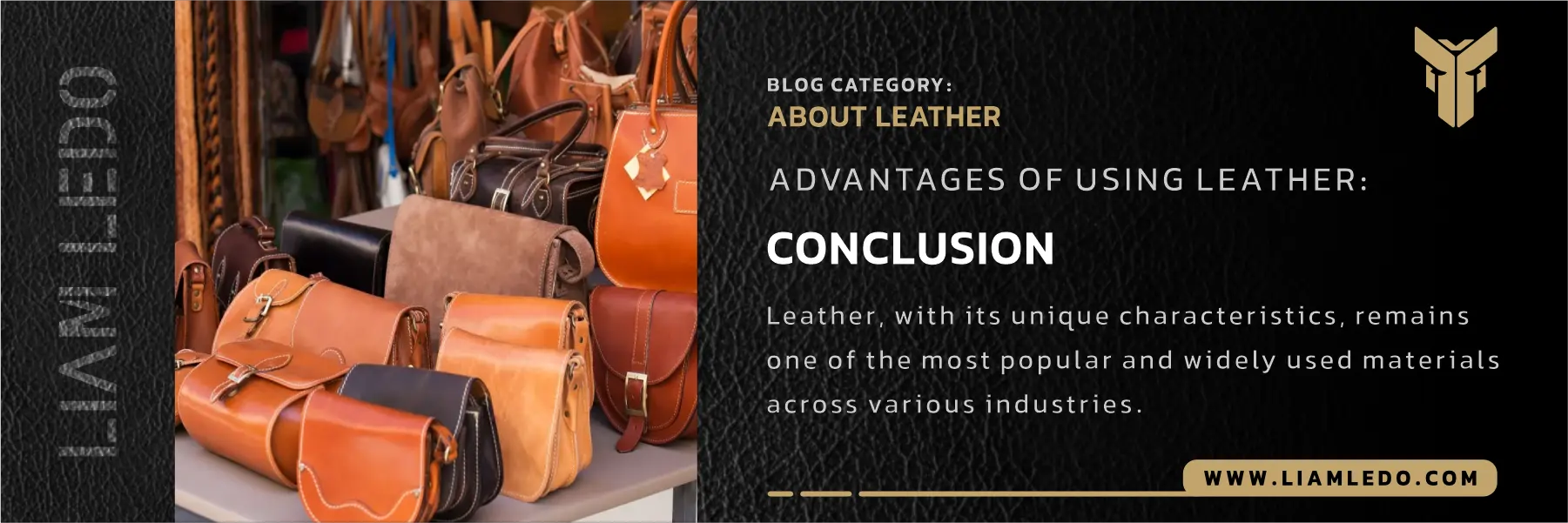
Conclusion:
Leather, with its unique characteristics, remains one of the most popular and widely used materials across various industries. Its high durability and strength, beautiful appearance and luxurious feel, versatility in design and application, breathability and comfort, environmental friendliness, water and heat resistance, and longevity and repairability are some of the advantages that make leather a suitable and sought-after choice in the production of different products. Given these benefits, leather will continue to be one of the most valuable materials in various industries and will remain a top choice for consumers.



